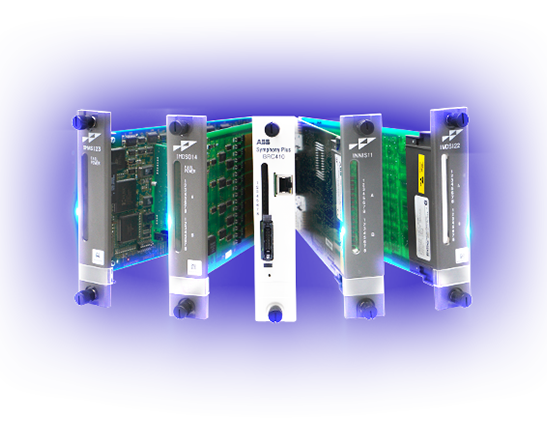Unlocking the Secrets: How DCS Components Revolutionize Industrial Automation
In the world of industrial automation, the complexity of processes often requires sophisticated systems to ensure efficiency and reliability. This is where Distributed Control Systems (DCS) come into play. DCS are integral to modern industrial settings, enabling real-time monitoring and control of various processes across different locations. Understanding the components that make up a DCS is crucial for optimizing these processes and enhancing overall operational efficiency. Throughout this article, we will delve into the various types of industrial DCS components, their functions, and the role they play in transforming automated industrial processes.

Understanding Industrial DCS Components
At its core, a Distributed Control System is a control system that uses multiple control loops, which are distributed throughout the system rather than being centralized. This design allows for enhanced control and monitoring capabilities across various industrial operations. DCS components work together to collect data, monitor system performance, and execute commands that affect the processes being managed. Over the years, the evolution of DCS has significantly impacted operational efficiency, shifting from traditional manual operations to automated processes that require minimal human intervention. This shift has not only improved production rates but has also enhanced safety and reduced operational costs.
Key Components of DCS
The primary components of a Distributed Control System include several critical elements that work in unison. These components are essential for the effective functioning of DCS, and understanding their roles is vital for anyone involved in industrial automation. The key components include:
- Control Modules
- Input/Output Modules
- Human-Machine Interface (HMI)
- Communication Networks
- Field Devices
Control Modules
Control modules are the brain of the DCS, responsible for processing data and making real-time decisions based on that data. They analyze inputs from field devices and execute necessary commands to maintain optimal operating conditions. This decision-making capability allows for automatic adjustments to be made, enhancing process efficiency and reducing the likelihood of human error.
Input/Output Modules
Input/Output (I/O) modules serve as the interface between the DCS and field devices. They convert signals from field devices, such as sensors and actuators, into a format that the control modules can process. Conversely, they also relay commands from the control modules back to the field devices, ensuring seamless communication and control throughout the system.
Human-Machine Interface (HMI)
The Human-Machine Interface (HMI) is a critical component that provides operators with a graphical interface to monitor and control industrial processes. It displays real-time data, alarms, and control options, enabling operators to make informed decisions quickly. A well-designed HMI enhances user experience and operational efficiency by allowing for easy navigation and quick access to necessary controls.
Communication Networks
Communication networks facilitate data exchange between various DCS components. These networks utilize several communication protocols, ensuring that data is transmitted accurately and efficiently. A robust communication network is essential for maintaining the integrity of data and ensuring that all components of the DCS are synchronized, which is crucial for effective process control.
Field Devices
Field devices encompass a range of instruments and sensors that gather data from the physical environment. These devices are integral to the DCS, as they provide the necessary information for monitoring and controlling processes. Examples of field devices include temperature sensors, pressure transmitters, and flow meters, all of which play a vital role in data collection and process management.
Importance of Understanding DCS Components
In conclusion, the components of a Distributed Control System play essential roles in enhancing industrial automation. From control modules that make real-time decisions to field devices that collect critical data, each component contributes to the overall efficiency and productivity of industrial operations. Understanding these components is not only beneficial for optimizing current processes but also crucial for future advancements in DCS technologies. As industries continue to evolve and embrace automation, further exploration of DCS components will undoubtedly lead to more efficient and reliable industrial processes.














